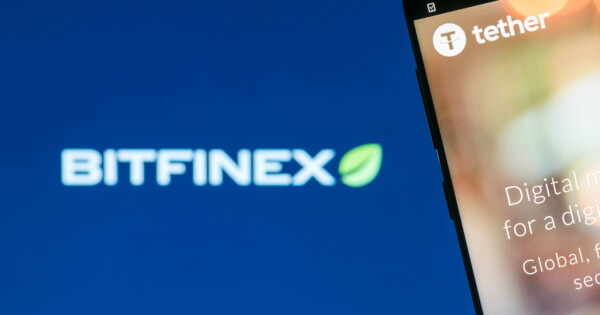The cryptocurrency industry is going through a period of immense growth and development and while the amount of money flowing through the industry is on the increase, there is more emphasis on improving the already-existing processes. One of the most pressing of these is safety.
It is not unusual every few weeks to hear of a platform, whether it be an exchange, a DeFi platform, or any other crypto-related space suffering a security attack. When this happens, there is not only a loss of safety and sometimes user data, but losses of up to millions of dollars of customer funds.
As the crypto industry is moving to a new level of growth, there is a need to address its security issues. This is even more evident considering the recent success of UltraSafe, a blockchain-based project focusing on the security of platforms and customer funds. The project went live in 2021 and so far, has seen a lot of attention.
Currently, its native $ULTRA token boasts of over 42,000 holders, and this number is expected to rise sharply over the next few months and years. This is a testament to how much the public believes in the company‘s mission and also how much potential there is for this sort of project.
How UltraSafe Works
One of the reasons why DeFi platforms have become so popular among people is the leveraging of smart contracts. Smart contracts mean that certain transactions take place automatically without the need for action on the part of any of the people involved and this makes for quicker and more efficient transactions such as trading.
However, smart contracts are not infallible and the code underlying them can be exploited and this has happened in the past such as with flash trading attacks on DeFi platforms. UltraSafe works to eliminate this by removing certain parts of the underlying code that are vulnerable to exploitation.
To ensure an added layer of protection, two firms have been brought in to conduct an audit of the contracts to ensure that there are no loopholes that can be exploited or bugs that can cause failure. UltraSafe is also dedicated to operating smoothly despite the often volatile nature of the crypto market and this is done through its current income distribution method.
Every time that a transaction takes place using the platform, half of the 8% transaction fee is put into liquidity to make sure that the price floor for the token is constantly increased and the impact of selloff is decreased. This means that liquidity can be guaranteed at virtually every point of the token’s existence.
The rest of the transaction fees are given back to token holders which is not only a passive income but encourages token holding. This income is going to be perpetually distributed and this encourages users to make use of the token for transactions but also to hold onto tokens as they do so. The liquidity offered by UltraSafe is rug-proof as a result of these mechanisms and this shows a growing movement of more stable and safer blockchain-based projects.
The Future of Security
Consumers clearly believe in the potential that blockchain and cryptocurrency have but this momentum will not continue if the current security issues plaguing the industry are not addressed. Projects like UltraSafe are tackling these issues head-on and should they continue to be successful, they will set a new industry standard.
This new standard will see tokens being developed with a view to being as stable as possible despite the often volatile nature of the industry and platforms will be made as safe as possible with all loopholes closed and no possibility of exploitation. The idea behind the UltraSafe was developed out of a desire to see a more equitable and safer ecosystem for all.
&
&
&

You can get bonuses upto $100 FREE BONUS when you:
💰 Install these recommended apps:
💲 SocialGood - 100% Crypto Back on Everyday Shopping
💲 xPortal - The DeFi For The Next Billion
💲 CryptoTab Browser - Lightweight, fast, and ready to mine!
💰 Register on these recommended exchanges:
🟡 Binance🟡 Bitfinex🟡 Bitmart🟡 Bittrex🟡 Bitget
🟡 CoinEx🟡 Crypto.com🟡 Gate.io🟡 Huobi🟡 Kucoin.

















Comments